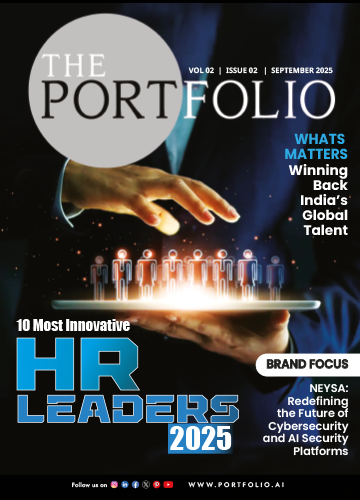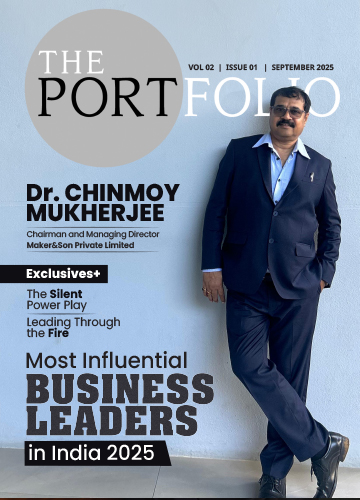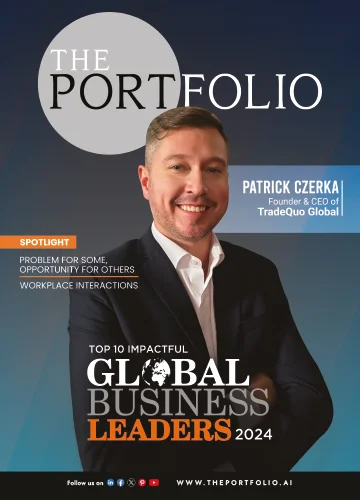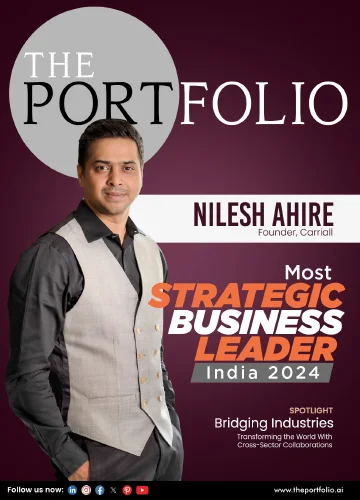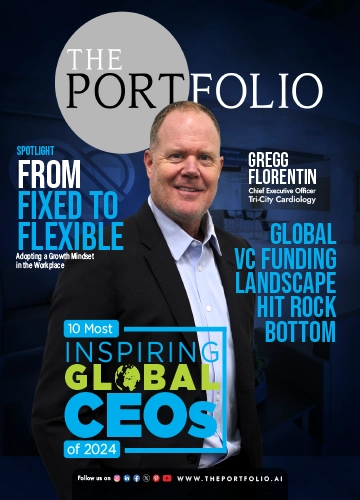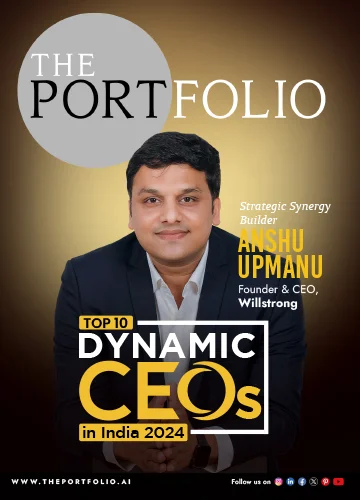
Arvind Kumar M 10 Most Innovative HR Leaders 2025
Arvind Kumar is a seasoned HR specialist with extensive experience in the Mechanical, Aerospace, Defence, and ITes industries. Skilled in developing workforce strategies, optimising HRMS processes, handling comprehensive payroll management, and fostering active employee engagement. Holds an MBA in HR from Osmania University, Hyderabad.
Designation: Head-Human Resources
Company: Nucon Aerospace
Industry: Aerospace
Country: India
Arvind Kumar M 10 Most Innovative HR Leaders 2025
Aerospace is an industry where precision and people define progress, and few understand this balance better than Arvind Kumar M. His career began in the fast-paced world of core engineering, leading diverse teams on manufacturing floors. Moving into defence, he navigated the challenges of a highly regulated sector, building trust and alignment in sensitive environments. Today, as Head of HR at Nucon Aerospace, he draws on this rich experience to shape a workforce behind cutting-edge projects. Known for his empathetic leadership and adaptability, Arvind has transformed hurdles such as talent scarcity and long project cycles into opportunities for engagement and growth. In this candid conversation with The Portfolio, he reflects on the lessons that shaped his journey and his vision for the future of HR in aerospace.
You’ve navigated HR leadership across aerospace, defense, and engineering. How has each sector shaped your HR lens?
Each industry, aerospace, defense, and engineering, operates under unique challenges, pressures, shaping my HR approach distinctly. In aerospace, with its innovationdriven nature and long project lifecycles, I’ve focused on building specialised talent pipelines, fostering continuous learning, and crafting collaborative succession plans for technical and non-technical roles. Developing technical expertise in this sector takes significant time and strategic planning. In defense, the emphasis is on a regulatory, confidentiality and compliance-driven environment. This taught me to prioritise workforce discipline, strengthen security protocols, enforce code of conduct, establish employee value systems, and align with stakeholders while maintaining trust and engagement in a sensitive setting. Core engineering and manufacturing demand large-scale workforce management, with a focus on accuracy, data-driven decisions, efficiency, and safety, often with a mix of permanent and contract staff. This sector sharpened my skills in industrial relations, productivity enhancements through skilling, reskilling, and upskilling, and fostering a robust safety culture. Each sector honed a unique perspective: aerospace gave me a strategic talent focus, defense strengthened my compliance and integrity orientation, and engineering reinforced workforce engagement, safety, and operational excellence. Together, they’ve crafted a balanced HR approach blending strategy, governance, and peoplecentric execution.
“Agility comes from streamlined, digital processes, while compliance is maintained through embedded checks and validations, allowing employees and managers to prioritise efficiency without sacrificing adherence”
What’s one leadership lesson that stuck with you across all transitions in terms of roles and industries?
The most enduring leadership lesson across my transitions was & is to listen before leading. Each shift, whether to aerospace, defense, or engineering, brought distinct cultures, languages, and pressures. Early on, I learned that offering solutions without understanding the people, processes, and context, breeds resistance. By listening, observing, and building trust, I could align teams effectively, from the shop floor to specialised R&D groups. “Each transition taught me that adaptability is non-negotiable.” Leadership isn’t about having all the answers, it’s about creating an environment where people feel heard, valued, and motivated to give their best. This principle holds true across every sector.
What’s the most unconventional or bold HR initiative you’ve led in an Aerospace & Defense organisation that made a measurable impact?
One of my boldest initiatives in aerospace and defense was launching a reverse mentoring program, where young, digitalnative engineers mentored senior leaders on emerging technologies, agile practices, and modern workforce expectations. In a hierarchical, complianceheavy industry, this was unconventional and initially met resistance. We framed it as a knowledge exchange, not a challenge to authority. We paired over 20+ engineers with the leadership team for monthly sessions. Despite initial hesitation, within six months, it drove measurable outcomes: wider adoption of digital tools, improved leadership adaptability, and boosted engagement and retention.
“More frequent conversations in a single dashboard helps the industry respond quickly to shifting priorities.”
In a highly regulated industry like aerospace, how do you bring agility and innovation into HR without compromising compliance?
In aerospace and defense, compliance is paramount, but HR can still be agile and innovative. “More frequent conversations in a single dashboard helps the industry respond quickly to shifting priorities.” We digitised compliance-heavy processes like training records, statutory regulatories, and clearance tracking into a unified dashboard. This reduced errors, ensured real-time audit readiness, and freed resources for workforce development. The key is designing systems that are complianceanchored yet user-friendly. Agility comes from streamlined, digital processes, while compliance is maintained through embedded checks and validations, allowing employees and managers to prioritise efficiency without sacrificing adherence.
Aerospace HR is not typical corporate HR. What are the unique talent challenges you face, and how are you solving them?
Approach of a Aerospace HR must be by learning the business deeply and launching targeted initiatives. A key challenge is the scarcity of niche talent for roles like program managers, systems integrators, engineers, technicians, and operators. To address this, we’ve forged partnerships with universities, research labs, and establishing centers of excellence to build early talent pipelines. Encouraging to engage subject matter experts as consultants to share critical domain knowledge. Another challenge is retention in long-lifecycle projects, which can span 5–8 years and risk stagnation or attrition. We’ve introduced internal mobility frameworks, enabling the workforce to transition across design, R&D, testing, and manufacturing projects based on their interests and business needs. This keeps them engaged while retaining their expertise for the company.


